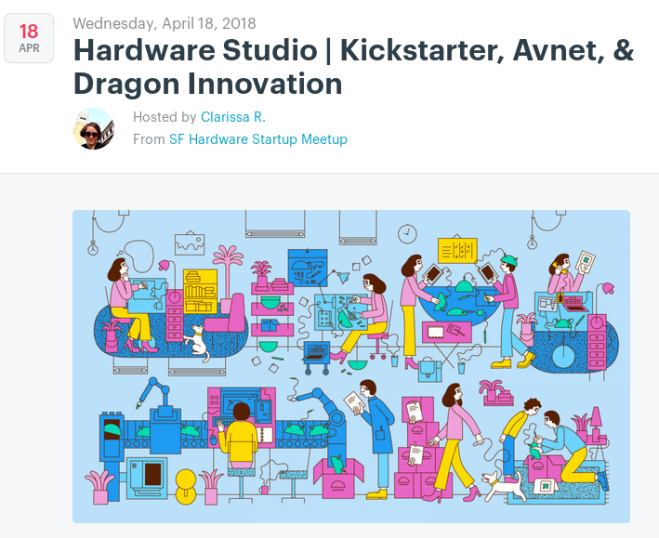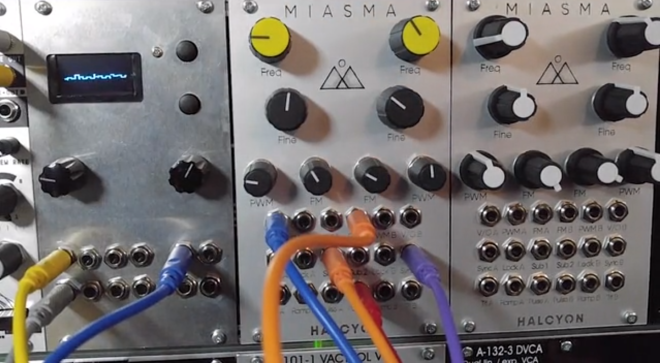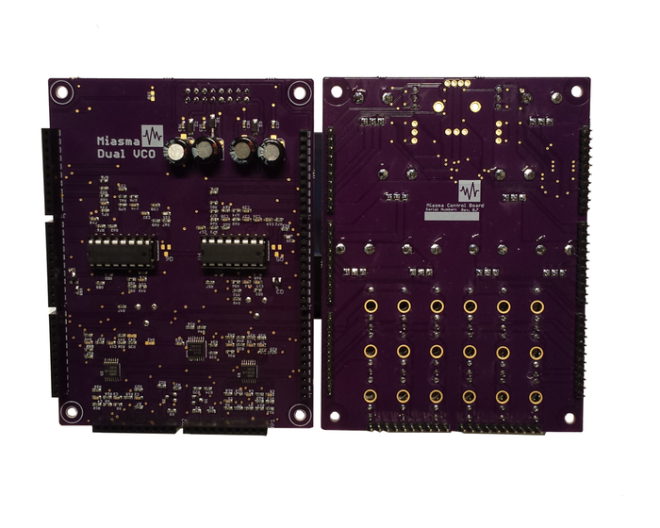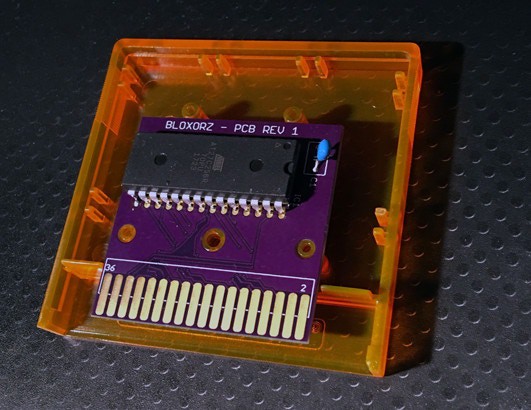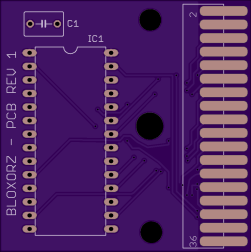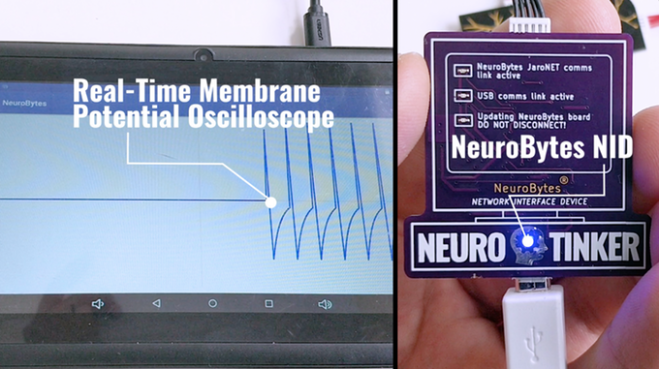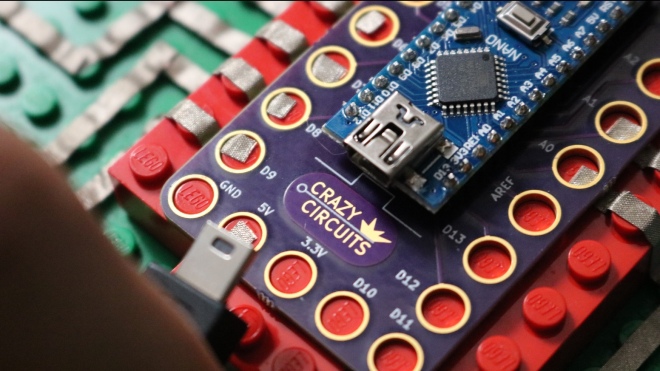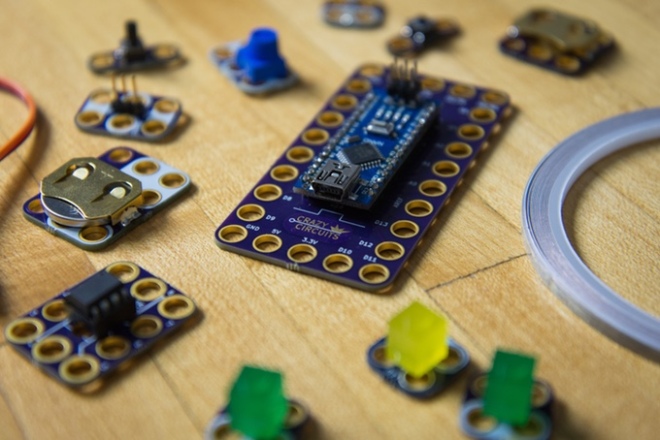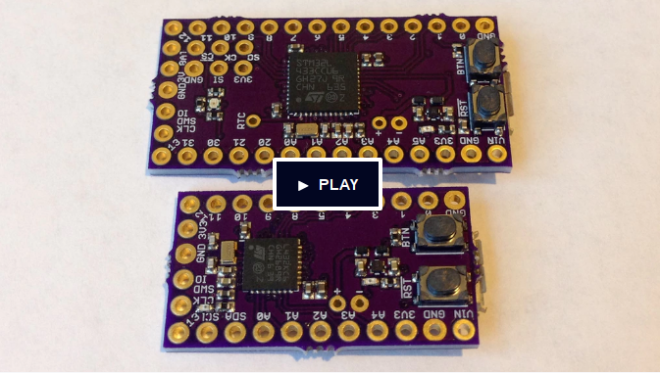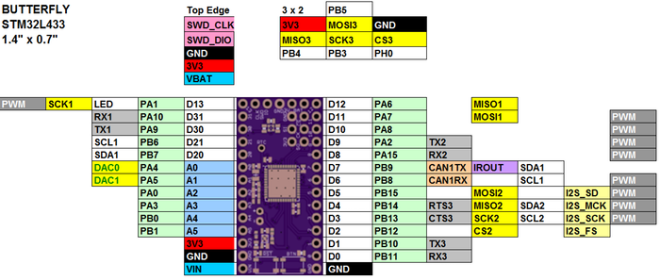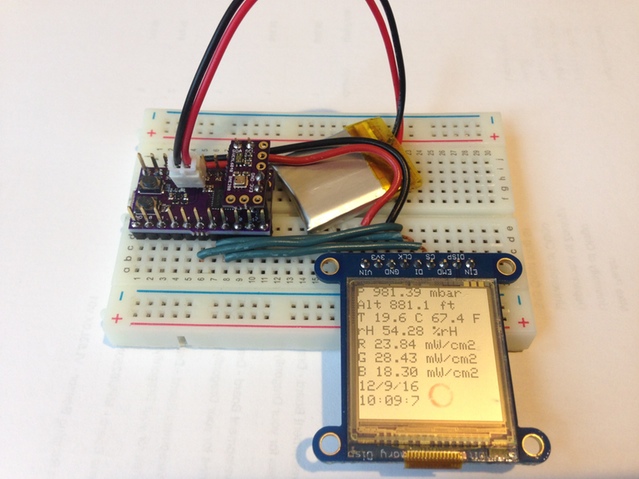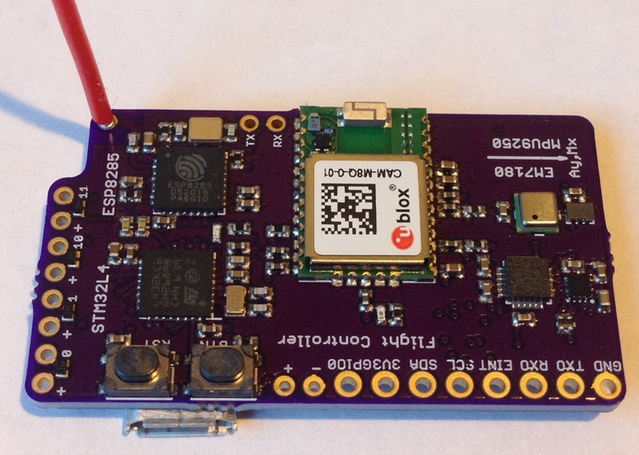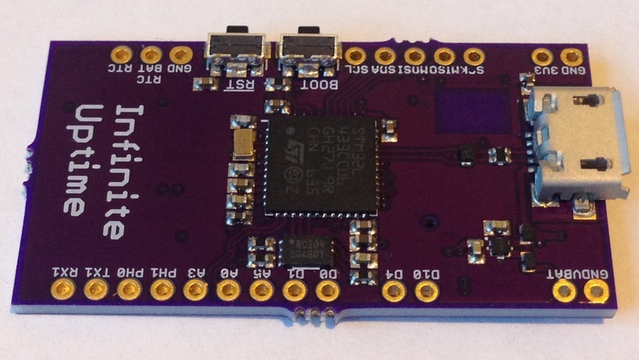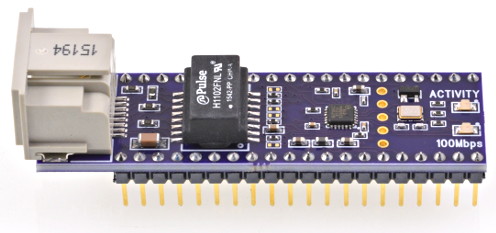
Here’s a list of meetups that may be of interest to those that are in New York for World Maker Faire week and weekend:
Thursday, September 20th:
6:30pm – 8:30pm: Kickstarter x Hackaday: HACK TUNES
Join us on Thursday, September 20th for a special pre-Maker Faire Meetup! Hackaday MakeIt NYC is once again teaming up with our friends at Kickstarter, this time bringing you a night of awesome music hacks, snacks and more!
7:00 pm – 10:00 pm: Pre-Maker Faire Meetup at Fat Cat Fab Lab
We’re heading East! Join MatterHackers, Ultimaker, and more community friends to kick off Maker Faire New York at Fat Cat Fab Lab for a discussion on different kinds of “Make” with some of your favorite Content Creators. Pizza, refreshments, and great conversation will be provided! All ages are allowed for this portion of the event.
11:00pm – 2:00am: Midnight Games at Hack Manhattan
Join the Hack Manhattan “night crew” for some early morning boardgames. In the city that never sleeps, night owls and insomniacs congregate to draw cards, toss dice, move pieces, calculate odds and bluff opponents.
Friday, September 21th:
9:00 pm – 1:00 am: Bring-A-Hack at the The Leaf
To celebrate our 10 year anniversary and our love of cool hardware hacks, join us for a #BringAHack event in the Big Apple! Join BeagleBoard.org for a casual evening of drinks, snacks and hacks at the Leaf Bar the night before Maker Faire New York.
Saturday, September 22nd:
6:00pm – 9:00pm: DIY Content Creators meetup
Where: Mikkeller Brewing NYC, 123-01 Roosevelt Ave, Flushing, NY 11368
8:00pm – 12:00am: NY Maker Faire After Party
It’s Saturday night at Maker Faire NY and Manhattan is…too darn far! So we’re hanging out at the only rooftop bar in Flushing with a gorgeous view of the city skyline.
MatterHackers, BuildTak, and Fillamentum invite you to a casual cocktail meetup just 10 minutes from Maker Faire. Bring your friends and “make” new ones (…see what we did there?) as we celebrate Maker Faire!
Look for our Drew Fustini in purple!





